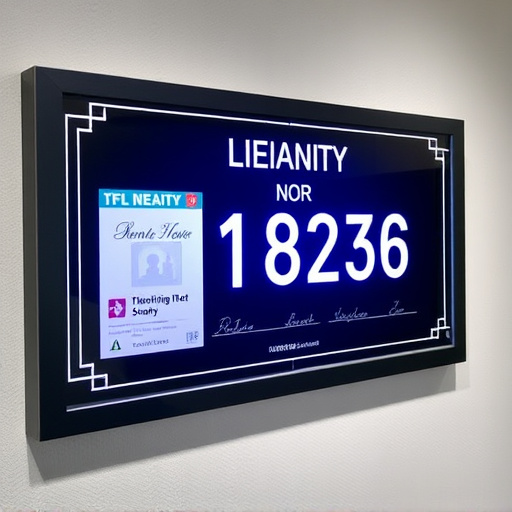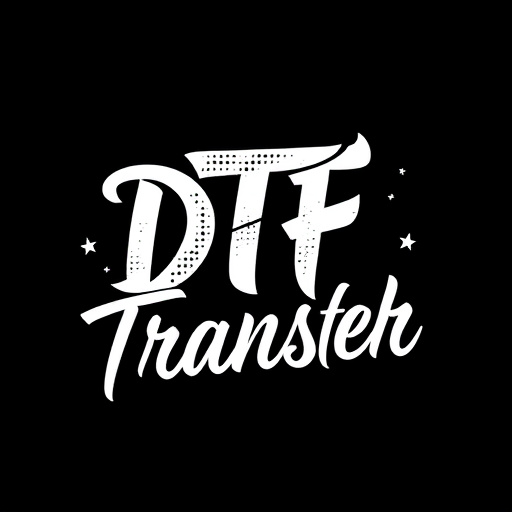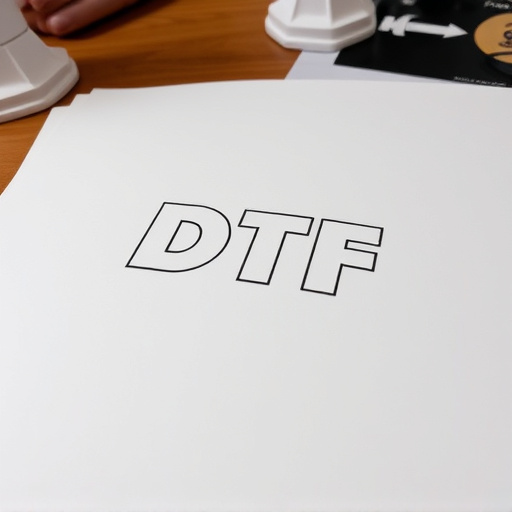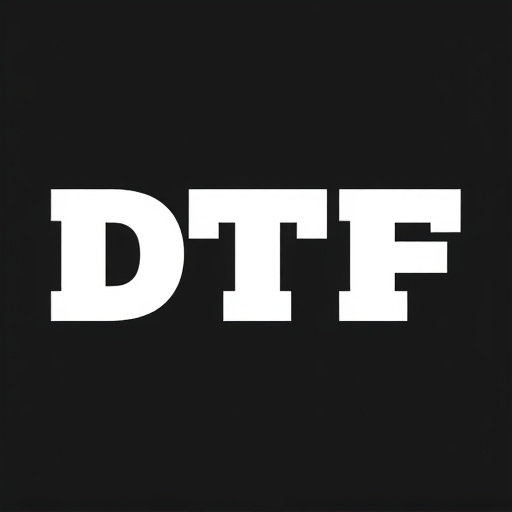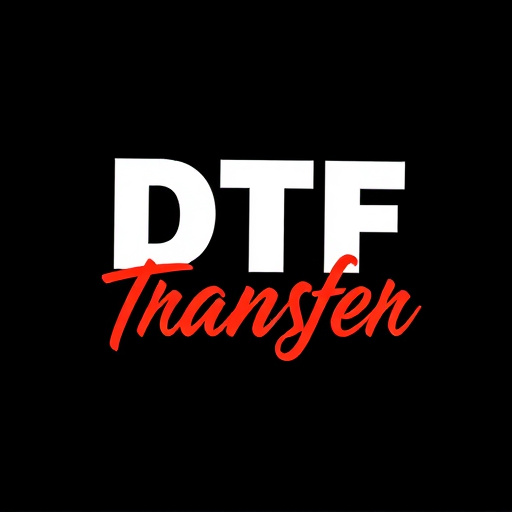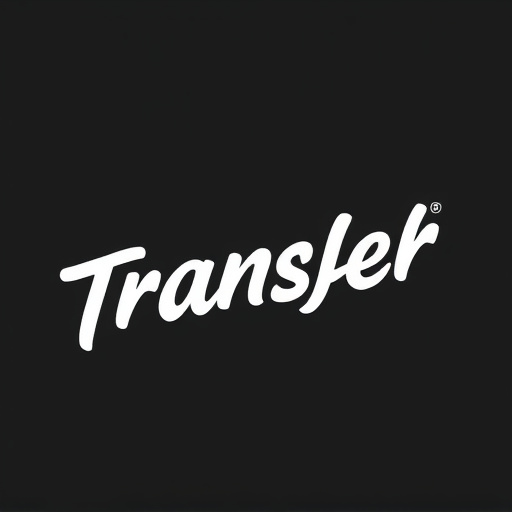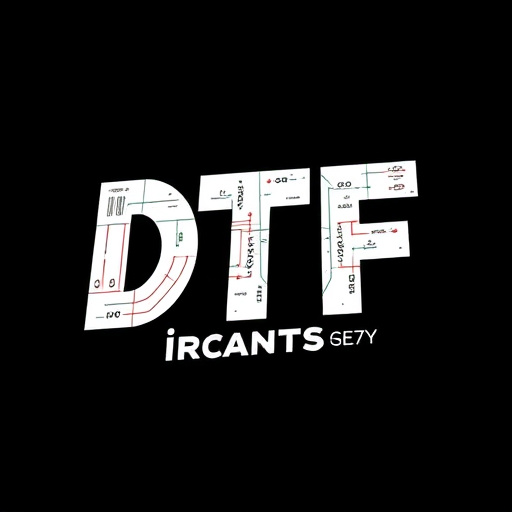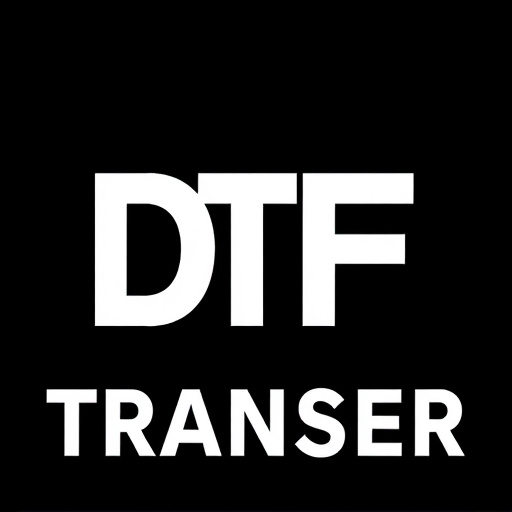DTF (Direct to Fabric) printing revolutionizes textile production with direct digital transfers, eliminating traditional screen printing and offering unparalleled versatility and precision. Designers submit meticulously prepared designs for review, ensuring color accuracy and high-quality prints. File requirements include minimum 300 DPI resolution, PDF or PSD formats, CMYK color mode, and removal of unnecessary elements. Quality control involves checking file specifics and material compatibilities; testing design alignment, scaling, and color management using industry standards like CMYK or Pantone is also crucial for optimal DTF printing results.
“Discover the power of pre-arranged design submissions for DTF (Direct to Forme) printing – a game-changing process revolutionizing the print industry. This article explores the benefits of streamlining your design workflow, offering a seamless transition from concept to printed product. Learn how preparing your files efficiently can enhance quality and speed up production. From understanding DTF’s unique advantages to mastering best practices, this guide covers everything you need to know for successful, high-impact DTF printing.”
- Understanding DTF Printing: A Quick Overview
- Benefits of Submitting Pre-Arranged Designs
- Preparing Your Files for Submission
- The Process: From Design to Print
- Quality Control and Material Considerations
- Best Practices for Effective DTF Printing
Understanding DTF Printing: A Quick Overview
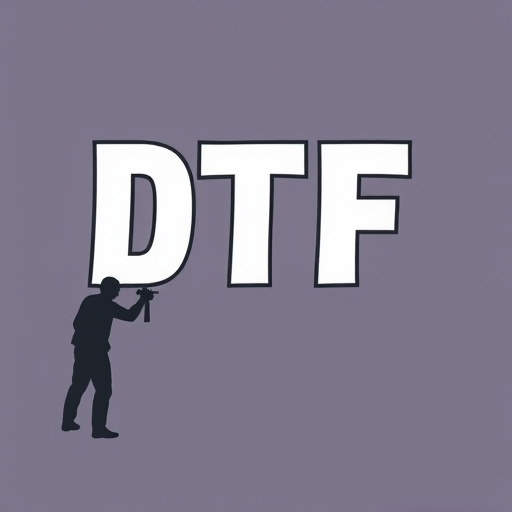
DTF, or Direct to Fabric printing, is a cutting-edge technology that has revolutionized the way we approach textile design and production. This innovative process allows for the creation of high-quality, custom prints directly onto various fabric materials, offering unparalleled versatility and precision. By eliminating the need for traditional screen printing methods, DTF enables designers and businesses to easily bring their visions to life, from small-batch runs to large-scale productions.
The simplicity and efficiency of DTF lie in its direct approach. Designs are digitally transferred onto a print head, which then applies the pattern directly onto the fabric. This method supports a wide range of printing techniques, including dye-sublimation and pigment inks, ensuring vibrant and long-lasting colors. Pre-arranged designs can be submitted for DTF printing, streamlining the process for designers who wish to create unique, on-demand products without compromising quality or speed.
Benefits of Submitting Pre-Arranged Designs

Submitting pre-arranged designs for DTF (Direct To Film) printing offers numerous advantages for creators and businesses alike. One of the key benefits is efficiency; by preparing and organizing designs in advance, the print process becomes streamlined. This method eliminates the need for back-and-forth communication between the designer, printer, and client, saving time and reducing potential errors. With pre-arranged designs, the focus can be on achieving perfection, ensuring that each detail is precisely captured.
Additionally, this approach allows for better control over the final output. Designers can meticulously craft each element, considering aspects like color accuracy, resolution, and overall composition. This meticulousness results in high-quality prints, enhancing the overall DTF printing experience. It also enables clients to have a clear vision of the end product, fostering satisfaction and trust in the process.
Preparing Your Files for Submission

When preparing your files for submission, ensure they meet the specific requirements for DTF (Direct to Film) printing. Start by double-checking the resolution; your designs should be at least 300 DPI for optimal clarity and detail reproduction. File format is another critical aspect; adhere to industry standards like PDF or PSD to guarantee compatibility with DTF printing software.
Consider color profiles carefully; using CMYK color mode ensures your design translates accurately onto the final printed product. Remove any unnecessary elements, such as crop marks or bleed areas that aren’t part of your desired output. Lastly, save your files in a compression format that retains quality, like ZIP, to avoid any loss during submission.
The Process: From Design to Print

The journey from design to print with DTF (Direct-to-Film) printing is a streamlined process that allows for precise and high-quality results. It begins with designers submitting their pre-arranged designs, ensuring every detail is perfect and ready for production. This digital file preparation stage is crucial in achieving the desired outcome. The design is then carefully reviewed to check for any potential issues or adjustments needed before it’s sent to print.
Once approved, the design is transferred onto a film, which acts as a mask. This film is precisely aligned with the printing surface, enabling the DTF printer to deposit ink directly onto specific areas, creating the desired image or pattern. The result is a vibrant, accurate reproduction of the original design, suitable for various applications, from signage to merchandise.
Quality Control and Material Considerations
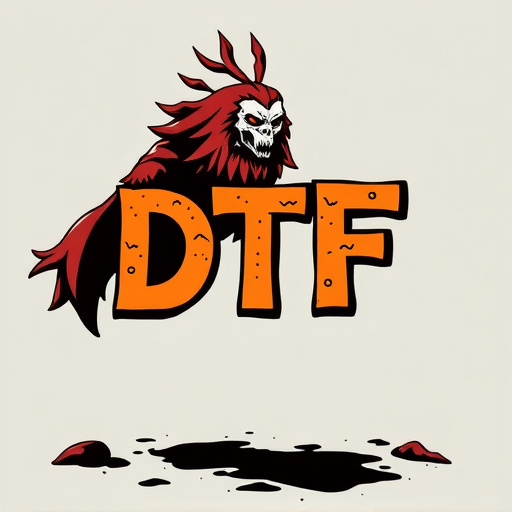
When submitting pre-arranged designs for DTF (Direct to Forme) printing, quality control is paramount. Ensuring the accuracy and precision of your design is crucial to achieving high-quality prints. This involves careful consideration of file resolution, color profiles, and any potential artifacts or imperfections in the original design. Using high-resolution files and adhering to industry standards for color specifications guarantees that your final print maintains the intended visual quality.
Material considerations play a significant role in DTF printing. Different materials have unique properties that can impact the final output. From the type of ink used to the substrate’s surface texture, these factors influence how your design is rendered. Understanding material compatibilities ensures that your design is optimized for the chosen print medium, resulting in vibrant and durable prints.
Best Practices for Effective DTF Printing
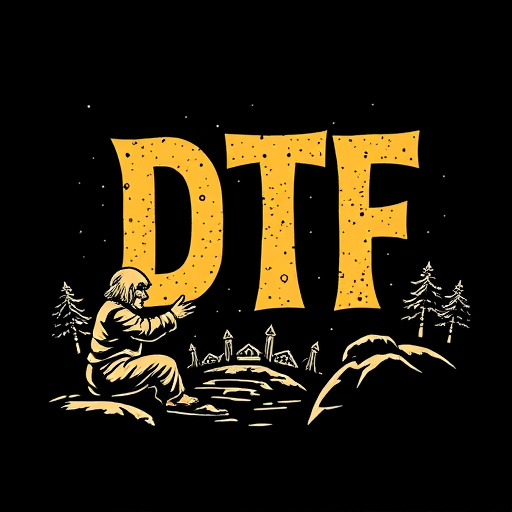
When submitting pre-arranged designs for DTF (Direct to Film) printing, adhering to best practices ensures optimal results. First, prepare your artwork with precision; use high-resolution images and vector graphics to maintain detail and sharpness in the final print. Ensure all elements are properly aligned and scaled, as any misalignment can lead to flawed prints.
Additionally, color management is crucial for successful DTF printing. Utilize a consistent color profile throughout the design process to match the desired colors accurately. Consider using industry-standard color spaces like CMYK or Pantone for precise color representation. Test your design on various devices and screens before final submission to catch any potential issues early in the workflow.


